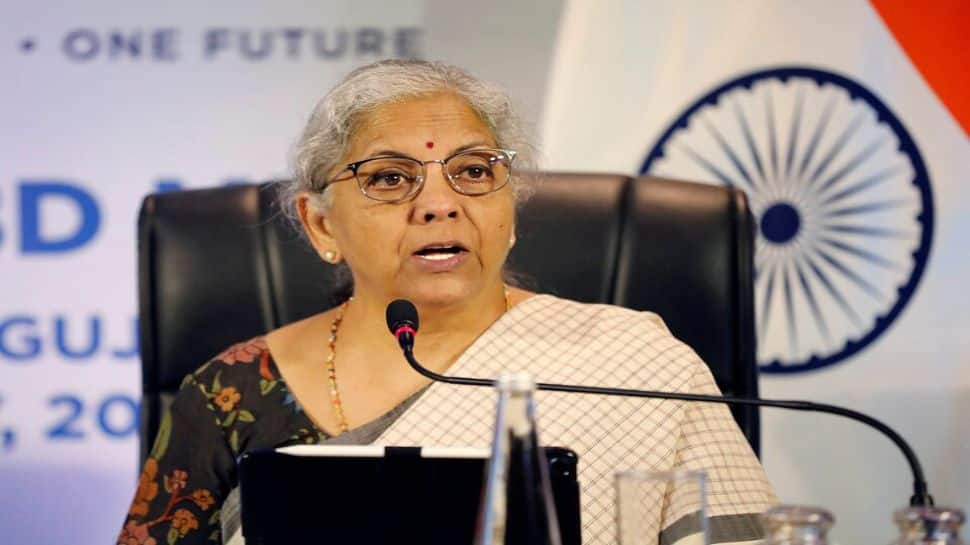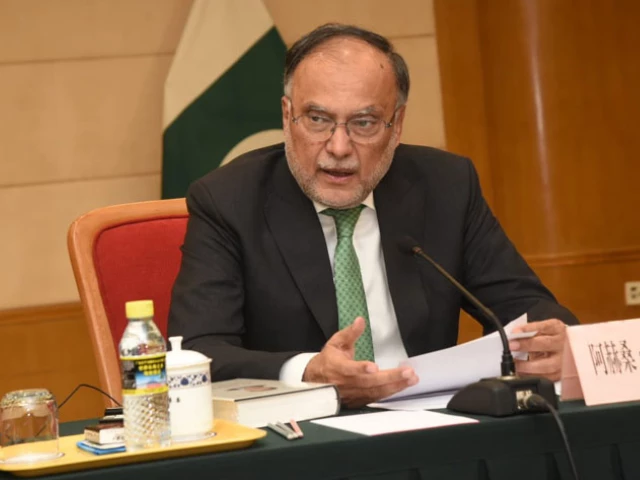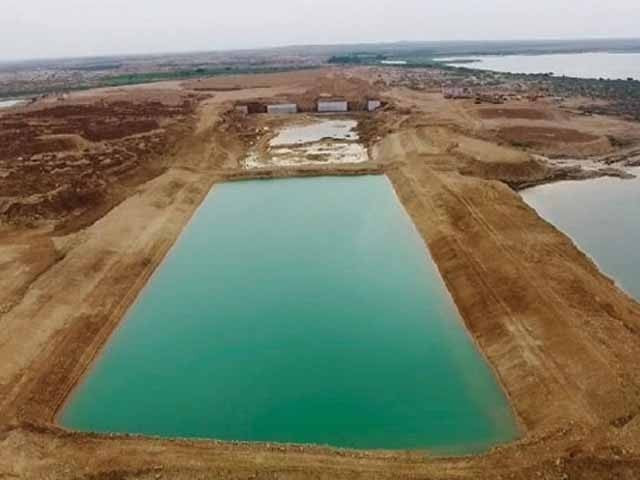Business
What wealthy parents need to know about giving real estate to their kids

A local house with a porch in Edgartown on Martha’s Vineyard, Massachusetts, USA.
Wolfgang Kaehler | Lightrocket | Getty Images
A version of this article first appeared in CNBC’s Inside Wealth newsletter with Robert Frank, a weekly guide to the high-net-worth investor and consumer. Sign up to receive future editions, straight to your inbox.
The great wealth transfer is leading to a great real estate transfer, with up to $25 trillion in real estate owned by older generations that could get passed down — and fought over — in their families.
According to Cerulli Associates, $105 trillion is expected to be passed down by baby boomers and older generations by 2048. Real estate, including primary and vacation homes, as well as investment properties, is expected to be a large component. The silent generation and baby boomers own nearly $25 trillion in real estate combined, according to the Federal Reserve.
Yet with property comes conflict. Wealth advisors say handing down real estate is increasingly filled with both financial and emotional pitfalls for families, ranging from taxes and maintenance costs to disputes over ownership and usage. The straightforward solution is just to sell it and divide the proceeds.
“Some people want to retain the house and other children don’t,” said BNY Wealth’s Jere Doyle. “I can tell you, as a practical matter, there’s going to be fights. There’s going to be disagreements. You’re not going to have the perfect situation.”
But lawyers and wealth planners say there are measures families can take to more effectively pass down real estate to minimize taxes, costs and family battles. Here are five secrets to successful real estate inheritances, whether it’s an apartment on Park Avenue, a beach house on the Vineyard or a ranch in Montana.
1. Transfer real estate in your will or through a trust to avoid a major tax bill.
Passing down vacation homes is the most fraught, said Elisa Rizzo of J.P. Morgan Private Bank. Her clients often downsize their primary residences later in life, but families stay attached to their second homes.
“That vacation home, often for our families that are very mobile, becomes the centering place,” said Rizzo, head of family office advisory at JP Morgan. “The vacation homes are where people go, and they make really special memories with one another, whether it’s a ski house up in Vermont or a vacation home on Nantucket.”
Doyle advises against gifting long-held real estate before you die. If your heirs choose to sell the property, they have to pay capital gains taxes on the property’s appreciation since the parents originally bought the property.
“If you give during your lifetime, the kids take your cost basis,” said Doyle, senior estate planning strategist for BNY Wealth. “One of the things that people have to bear in mind is that the senior generation probably didn’t pay an awful lot for the property.”
There are ways to minimize the tax burden, such as using a qualified personal residence trust. However, if you can afford to wait, it is best to leave real estate to your heirs in your will or in a trust at death, according to Doyle. If the heirs later sell the property, they only have to pay capital gains taxes on how much the home has appreciated since they inherited it.
2. Use LLCs and trusts to shield the home from lawsuits.
Rather than having the heirs own the property directly, lawyers recommend placing homes in a limited liability company and setting up a trust for the kids’ benefit that holds interest in the LLC.
These legal maneuvers protect assets in several ways. For instance, if a vacation home is rented and a tenant slips and falls, the heirs are not held personally liable for any damages.
“Your other assets, stocks, bonds, are not subject to any creditors’ claims,” Doyle said.
It also shields heirs from the liabilities of their siblings, according to Dan Griffith, director of wealth strategy at Huntington Private Bank. For instance, if one heir files for bankruptcy, the LLC structure prevents the creditors from putting a lien on the shared home, he said.
You can also save on transfer taxes by gifting interest in an LLC that owns the property rather than putting heirs’ names on the deed, Griffith said. Since these fractional interests are illiquid, parents can claim a discount on the taxable value.
3. Outline who gets to use the home and how.
Parents can put rules in place with an operating agreement for the LLC. Clients can use the document to make sure the home doesn’t end up in the hands of their children’s spouses, which is a common concern, according to Northern Trust’s Laura Mandel.
“Typically families want to retain these properties along the bloodline,” said the chief fiduciary officer.
Parents can restrict an LLC interest from transferring to surviving or former spouses of their children. With a well-drawn trust, it would be difficult for the spouse to contest it in court, Mandel said. These operating agreements often include buyout provisions that allow the heirs to buy out the spouse.
Parents can also use the document to guide how the property is used, such as laying out how many holiday weekends each child gets, who has the right to redecorate or whether the home can be rented out or used for weddings.
Leaving these issues unaddressed can cause fights among siblings. Mandel recalled a set of four siblings with a large ranch out west that they rented out frequently. After complaints that the ranch felt like a “VRBO,” Mandel helped the siblings reach an agreement on how the property could be used.
4. Set aside liquid assets for the house’s upkeep and insurance.
Money is the most common trigger for family feuds, Griffith said. An inherited home can quickly become a financial burden unless the parents also set aside cash to pay for the upkeep.
“What ends up inevitably happening there is that one person pays the bills, and then enormous resentment grows, because either that person has to ask their siblings or cousins for money and sometimes those people don’t pay,” he said. “Or they say, ‘Hey, I’m the one paying all the bills. How come I don’t get to use this more often than any of the rest of you?'”
Doyle recommends that parents use liquid assets like marketable securities or take out a life insurance policy in order to endow the trust. This outlay makes it possible for siblings to hold onto the home even if they can’t afford to share the expenses.
“In a lot of cases, you may have some kids that can afford to pay the maintenance expenses, and others can’t, so how do you treat them equally?” he said.
However, the operating agreement should still include a contingency plan for dividing expenses if the trust runs dry. This is especially important for waterfront homes that are expensive to insure or susceptible to erosion.
5. Prepare for the likelihood that some heirs may want to cash out.
Parents often assume that their children will want to keep the home, according to Mandel. However, even if heirs initially agree to, they may change their minds later. Perhaps they grow tired of sharing a home with their cousins or a death in the family changes the equation, she said. For instance, Mandel worked with a ranch-owning family where the only sibling with working knowledge of the property passed away unexpectedly, which upended the living siblings’ plan to run the ranch.
It’s important to plan for the likelihood that some or all of the heirs will want to cash out. Doyle suggests creating buyout provisions that allow heirs to buy their siblings’ LLC interest even if they don’t have the liquidity, such as taking out a promissory note. The assets in the trust can also be used to buy siblings’ interests in the LLC.
“What you’ve got to build into any plan is an understanding that people’s circumstances and situations can and will definitely change,” he said. “Maybe they’re going to have kids, or their job changes, or their health changes. Things change.”
This can be hard for parents to reconcile, but keeping heirs’ hands tied defeats the purpose of a vacation home, Griffith said.
“If your grandchildren don’t have any ties to this place, no one lives here, no one grew up here, nobody cares, then do you really care if they sell the place?” he said. “If somebody else who really does care about it gets to enjoy it, is that such a bad thing?”
Business
India’s $5 Trillion Economy Push Explained: Why Modi Govt Wants To Merge 12 Banks Into 4 Mega ‘World-Class’ Lending Giants

India’s Public Sector Banks Merger: The Centre is mulling over consolidating public-sector banks, and officials involved in the process say the long-term plan could eventually bring down the number of state-owned lenders from 12 to possibly just 4. The goal is to build a banking system that is large enough in scale, has deeper capital strength and is prepared to meet the credit needs of a fast-growing economy.
The minister explained that bigger banks are better equipped to support large-scale lending and long-term projects. “The country’s economy is moving rapidly toward the $5 trillion mark. The government is active in building bigger banks that can meet rising requirements,” she said.
Why India Wants Larger Banks
Sitharaman recently confirmed that the government and the Reserve Bank of India have already begun detailed conversations on another round of mergers. She said the focus is on creating “world-class” banks that can support India’s expanding industries, rising infrastructure investments and overall credit demand.
She clarified that this is not only about merging institutions. The government and RBI are working on strengthening the entire banking ecosystem so that banks grow naturally and operate in a stable environment.
According to her, the core aim is to build stronger, more efficient and globally competitive banks that can help sustain India’s growth momentum.
At present, the country has a total of 12 public sector banks: the State Bank of India (SBI), the Punjab National Bank (PNB), the Bank of Baroda, the Canara Bank, the Union Bank of India, the Bank of India, the Indian Bank, the Central Bank of India, the Indian Overseas Bank (IOB) and the UCO Bank.
What Happens To Employees After Merger?
Whenever bank mergers are discussed, employees become anxious. A merger does not only combine balance sheets; it also brings together different work cultures, internal systems and employee expectations.
In the 1990s and early 2000s, several mergers caused discomfort among staff, including dissatisfaction over new roles, delayed promotions and uncertainty about reporting structures. Some officers who were promoted before mergers found their seniority diluted afterward, which created further frustration.
The finance minister addressed the concerns, saying that the government and the RBI are working together on the merger plan. She stressed that earlier rounds of consolidation had been successful. She added that the country now needs large, global-quality banks “where every customer issue can be resolved”. The focus, she said, is firmly on building world-class institutions.
‘No Layoffs, No Branch Closures’
She made one point unambiguous: no employee will lose their job due to the upcoming merger phase. She said that mergers are part of a natural process of strengthening banks, and this will not affect job security.
She also assured that no branches will be closed and no bank will be shut down as part of the consolidation exercise.
India last carried out a major consolidation drive in 2019-20, reducing the number of public-sector banks from 21 to 12. That round improved the financial health of many lenders.
With the government preparing for the next phase, the goal is clear. India wants large and reliable banks that can support a rapidly growing economy and meet the needs of a country expanding faster than ever.
Business
Stock market holidays in December: When will NSE, BSE remain closed? Check details – The Times of India

Stock market holidays for December: As November comes to a close and the final month of the year begins, investors will want to know on which days trading sessions will be there and on which days stock markets are closed. are likely keeping a close eye on year-end portfolio adjustments, global cues, and corporate earnings.For this year, the only major, away from normal scheduled market holidays in December is Christmas, observed on Thursday, December 25. On this day, Indian stock markets, including the Bombay Stock Exchange (BSE) and National Stock Exchange (NSE), will remain closed across equity, derivatives, and securities lending and borrowing (SLB) segments. Trading in currency and interest rate derivatives segments will continue as usual.Markets are expected to reopen on Friday, December 26, as investors return to monitor global developments and finalize year-end positioning. Apart from weekends, Christmas is the only scheduled market holiday this month, making December relatively quiet compared with other festive months, with regards to stock markets.The last trading session in November, which was November 28 (next two days being the weekend) ended flat. BSE Sensex slipped 13.71 points, or 0.02 per cent, to settle at 85,706.67, after hitting an intra-day high of 85,969.89 and a low of 85,577.82, a swing of 392.07 points. Meanwhile, the NSE Nifty fell 12.60 points, or 0.05 per cent, to 26,202.95, halting its two-day rally.
Business
North Tyneside GP says debt stress causing mental health issues

A GP says patients are presenting with mental health problems because of stress they feel over their levels of personal debt.
According to Citizens Advice, north-east England has the second highest number of people who require professional assistance with debt problems – only London is higher.
Debt charity StepChange said in 2024 the highest concentration of their clients were in the North East, with 37 clients per 10,000 adults.
Dr Kamlesh Sreekissoon, who works as a GP in North Tyneside, said people were juggling “three or four jobs” in the build up to Christmas in order to manage and subsequently struggling with their mental health.
The most common reason for personal debt as reported by Stepchange’s North East clients is a rise in the cost of living (19.3%) and a lack of control over finances (19%).
Both these statistics outstrip the UK figures of 17.7% and 17.9% respectively.
Citizens Advice said thousands of people were falling deeper into debt to meet the cost of basic essentials such as food and fuel, rather than luxuries, but that people also felt under pressure to provide for Christmas.
Dr Sreekissoon said the stress caused by the debt people faced was compounded by issues relating to their family situations.
“At this time of year you will see people juggling three or four jobs, also after caring for elderly relatives, parents, [they’re] stressed out and unfortunately struggling with their mental health,” said Dr Sreekissoon.
He said the debt his patients described was not caused by buying unnecessary things, but by simply struggling to make ends meet.
“It’s more the basics,” he said. “I see people taking on working long hours, doing two or three jobs, and just being kind of stretched out, not being able to see their kids, and that just burns people out which is really sad to see”.
-

 Sports7 days ago
Sports7 days agoWATCH: Ronaldo scores spectacular bicycle kick
-

 Entertainment7 days ago
Entertainment7 days agoWelcome to Derry’ episode 5 delivers shocking twist
-

 Politics7 days ago
Politics7 days agoWashington and Kyiv Stress Any Peace Deal Must Fully Respect Ukraine’s Sovereignty
-

 Business7 days ago
Business7 days agoKey economic data and trends that will shape Rachel Reeves’ Budget
-

 Tech5 days ago
Tech5 days agoWake Up—the Best Black Friday Mattress Sales Are Here
-

 Fashion7 days ago
Fashion7 days agoCanada’s Lululemon unveils team Canada kit for Milano Cortina 2026
-

 Politics7 days ago
Politics7 days ago53,000 Sikhs vote in Ottawa Khalistan Referendum amid Carney-Modi trade talks scrutiny
-

 Tech5 days ago
Tech5 days agoThe Alienware Aurora Gaming Desktop Punches Above Its Weight












